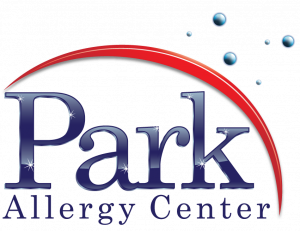On 1/31/20, Palforzia became the first FDA approved treatment for peanut allergy.
Here are my initial thoughts about this new product.
First of all, Palforzia isn’t really a drug at all. Palforzia is simply peanut powder placed in capsules at specific doses ranging from 0.5mg to 300mg. The capsule is not consumed, rather the powder is mixed with another food like apple sauce, then consumed.
The first day is done at the doctor’s office, consisting of 5 separate doses starting at 0.5mg and ending at 6mg.
The patient then goes home and consumes 3mg once a day for 2 weeks.

Every 2 weeks, the dose is increased with the first higher dose given at the doctor’s office.
If all goes well the build up schedule is completed in 22 weeks and the patient then takes a daily maintenance dose of 300mg. If you miss 3 days or more, you need to reduce the dose or perhaps even start all over.
Just in case you’re wondering, the average peanut contains about 200mg of peanut protein. So the maintenance dose of 300mg is equal to about 1.5 peanuts.
Palforzia is not a cure for peanut allergy. It decreases the chance of having an allergic reaction to a small ingestion of peanut (1-2 peanuts).
In the studies for Palforzia, the rate of anaphylaxis during the build up phase was 9.4%.
The rate of anaphylaxis during the maintenance phase was 8.7%
Other reactions like abdominal pain were as high as 67% in the build up phase, 30% in the maintenance phase.
And remember, the vast majority of the doses are given at home.
So, as you can see, Palforzia is not the “cure” we have been hoping for.
If offers some protection against accidental reactions – but acquiring that protection comes with risk.
Further, in similar desensitization studies previously done using peanut powder, the dropout rate in patients who successfully reached maintenance dose was 50% after the 1st year. It turns out, it’s not easy to consume a maintenance dose of peanuts every single day.
In summary, I do not think the risk is worth the reward for most people when it comes to Palforzia.
The best treatment advice for most peanut allergic patients remains strict avoidance and to have injectable epinephrine readily available in case of accidental ingestion and reaction.
However, for parents and patients who want to take the risk, Palforzia offers a convenient way to obtain precise doses of peanut protein to attempt desensitization.
Michael Park, MD

